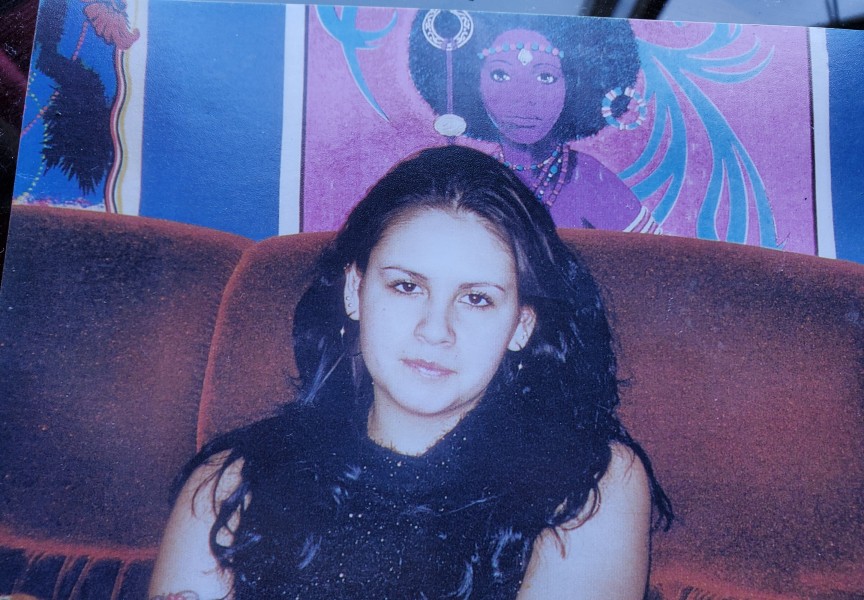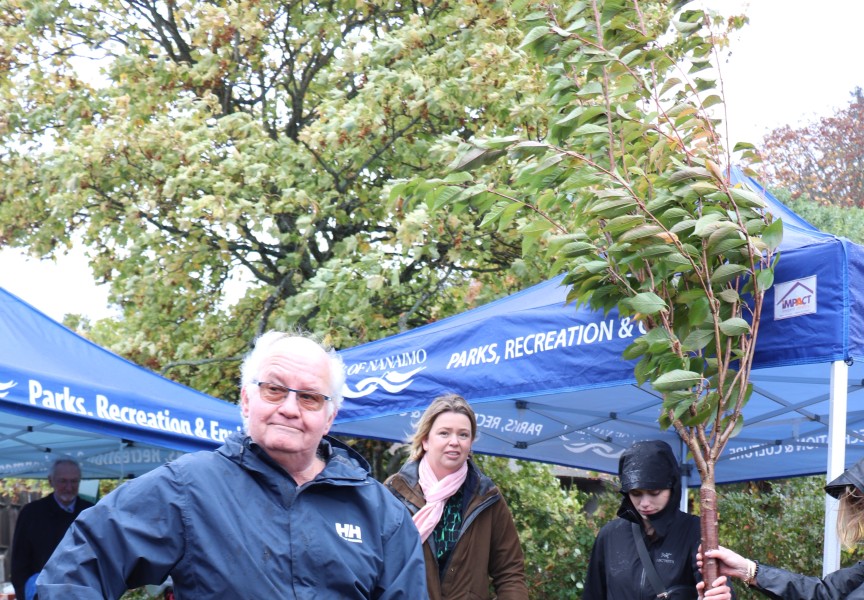On March 19, MP Leah Gazan took to Parliament Hill, on behalf of the House of Commons status of women committee, to announce the beginning of their formal study for the proposed Red Dress Alert System. The system, like Amber Alerts, will notify the public when an Indigenous woman, girl, or two-spirit person goes missing.
“This whole initiative came from the hard efforts of family members and advocates, around the country, who join together to say that, should we go missing, we must be found,” said the NDP Member of Parliament.
One month after Gazan’s announcement, the 2024 budget revealed a $1.3 million investment over a three-year period to implement a Red Dress Alert System.
But this is not the first time the Red Dress Alert System has appeared in the Budget. In 2023, the alert system made its debut, amid a $2.5 million investment over a period of five years, allocated to advance the National Action Plan for MMIWG2S.
Since the 2023 budget announcement, the government has worked alongside Indigenous partners to co-develop the alert system, reads the 2024 Budget. Through this work a need for regionally specific approaches to the Red Dress Alert System was identified to accommodate the unique needs of Indigenous communities across the country.
“There’s more work to be done, but I feel that at this point, it’s moving in [the] right direction,” said Gazan. “It’s important that we all come together, to work together, to make sure this becomes a reality.”
Since March 19, the status of women committee has met six times pertaining to the Red Dress Alert System.
“Right now, women go missing and murdered, and are never found,” said Gazan. “This is a critical initiative; this is an initiative that will save lives.”
Carol Frank is the aunt of Lisa Marie Young, a 21-year-old Tla-o-qui-aht woman who went missing in Nanaimo over two decades ago. Since her disappearance in 2002, Young’s family and friends continue persistent search efforts to find her.
“When my niece went missing, it took a few days for the RCMP to see my sister and speak to her,” said Frank, who is pleased to hear about the Red Dress Alert System. “It's really good to hear that they're doing that.”
For Nicki McCarthy, Teechuklt Mental Health regional coordinator, the implementation of the Red Dress Alert System acknowledges the longstanding MMIWG2S crisis, while providing more safety for Indigenous people.
“[It’s] a level of safety that we've never had before,” said McCarthy. “And in that level of safety, does come some comfort. And in that level of safety, we also have some education as well.”
Indigenous women in Canada are starkly overrepresented as victims of murder, making up a rate six times higher than non-Indigenous victims, while they are also four times more likely to be victims of violence.
For Nuu-chah-nulth, the impacts of the MMIWG2S crisis have been felt through the communities with over 50 women who have been murdered or remain missing, according to an article written by Ha-Shilth-Sa last year.
“It gets the public involved in bringing awareness and being informed that a person has gone missing, and to help reduce the risks,” said Sanne Van Vlerken, manager of Teechuktl mental health, noting it also helps increase capacity of support for the families of the missing individual.
“It's a really effective methodology and framework to notify the general public when an Indigenous person goes missing,” added McCarthy. “I think it's something that needs to happen and can save lives.”









